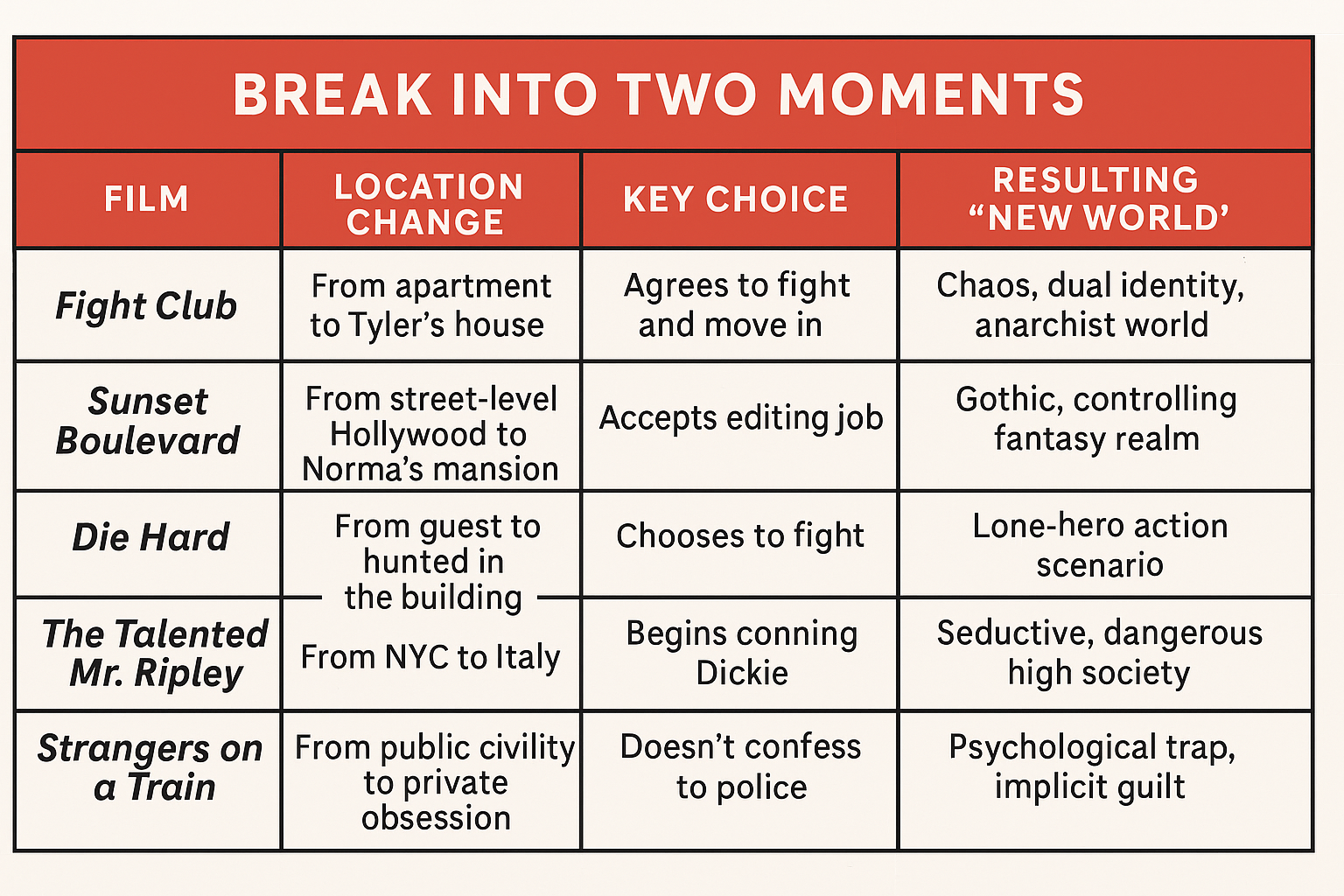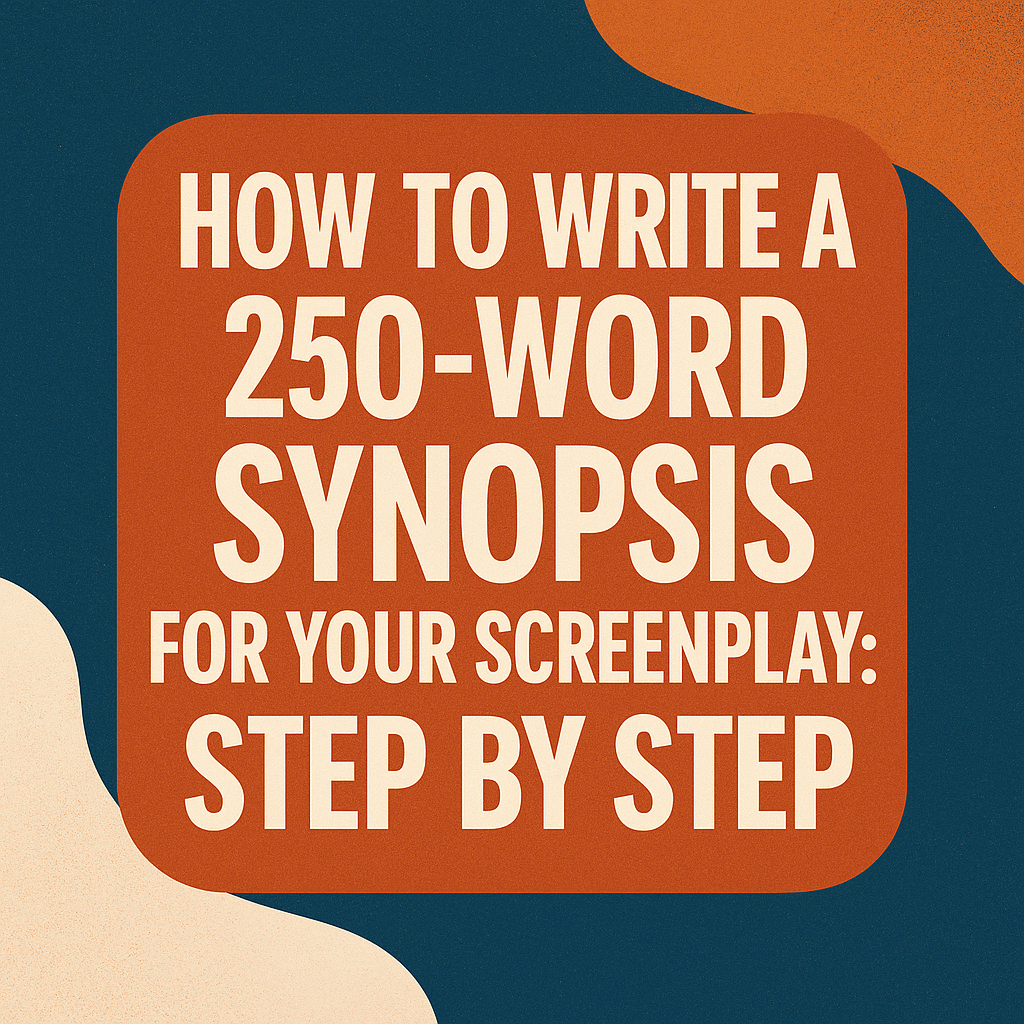Five Examples of the Break Into Two for Screenwriters
Five Examples of the Break Into Two for Screenwriters Those of us who geek on screenplay structure have a tendency to refer to the Break Into Two–which I may well call the Act II Break, so forgive me–as some sort of specific moment that shifts us into the new act. In practice, however, it’s often … Read more










